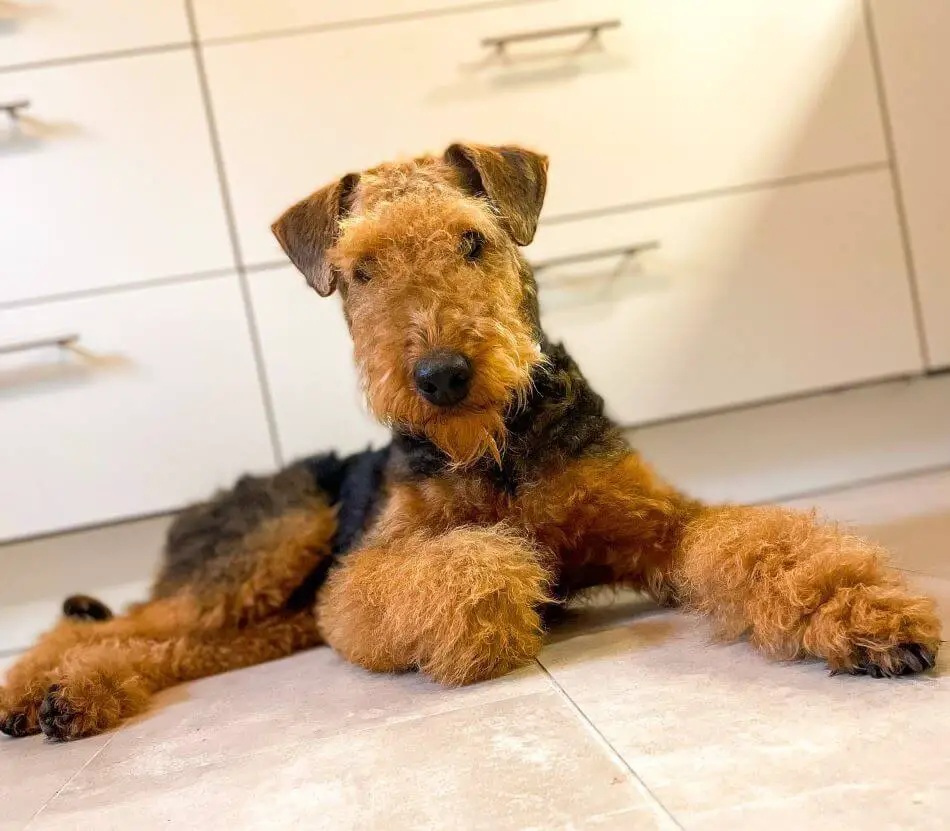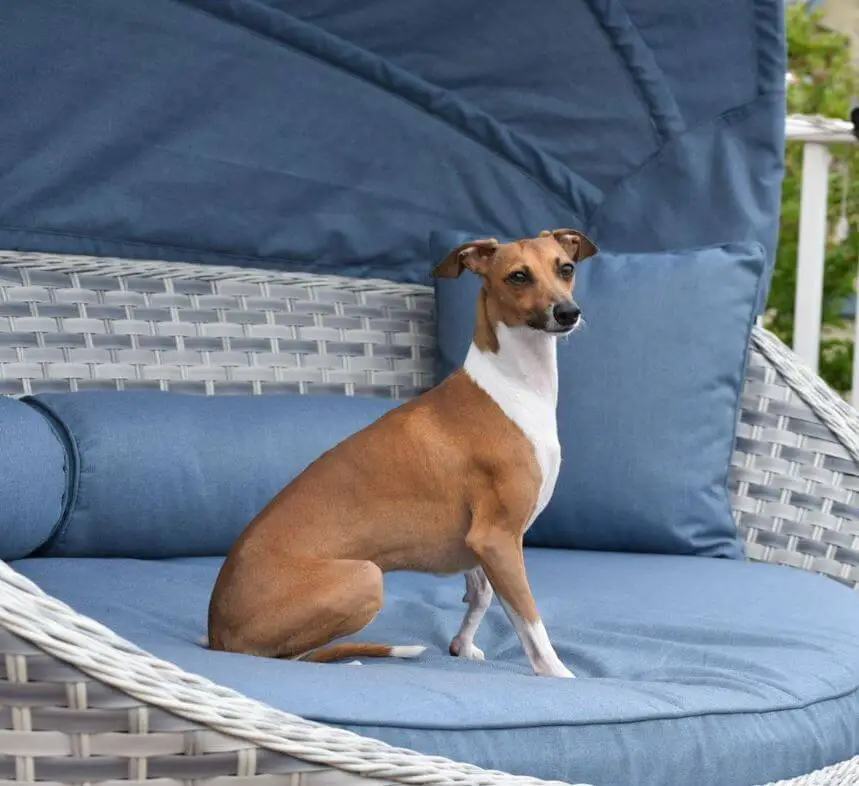It can be frustrating and confusing when your housetrained dog starts peeing indoors. Incontinence, the inability to control urination, is a common issue that can affect dogs of all ages and breeds. There are several reasons why a housetrained dog may experience incontinence, and understanding the underlying causes is crucial for effective management. In this article, we will explore the potential causes of incontinence in dogs and provide helpful tips for dealing with this issue.

#1 – Hormonal Imbalances:
Hormonal imbalances, such as a decrease in estrogen or testosterone levels, can lead to urinary incontinence. This is more common in spayed female dogs, as the reduced hormone levels can weaken the muscles of the urinary tract, making it difficult to hold urine.
#2 – Urinary Tract Infections (UTIs):
Urinary tract infections can cause frequent urination and incontinence in dogs. Bacteria entering the urinary tract can irritate the bladder and urethra, leading to involuntary urine leakage. Symptoms may include frequent urination, straining to urinate, and blood in the urine.
#3 – Bladder Stones or Urinary Stones:
The presence of bladder stones or urinary stones can cause urinary incontinence in dogs. These stones can obstruct the normal flow of urine, resulting in dribbling or involuntary urination. Additional signs may include discomfort, frequent urination, and blood in the urine.
#4 – Weak Bladder or Urinary Sphincter:
Some dogs may have a weak bladder or urinary sphincter, leading to urine leakage. This condition, known as sphincter mechanism incompetence (SMI), is more common in older dogs, particularly spayed females. It can cause involuntary dribbling or full-blown accidents during sleep or periods of relaxation.
#5 – Neurological Disorders:
Certain neurological disorders, such as spinal cord injuries, nerve damage, or degenerative conditions, can affect the control of the bladder and result in incontinence. Dogs with neurological issues may struggle to hold their urine or may have accidents without warning.

Tips for Dealing with Incontinence in Dogs:
#1 – Consult with Your Veterinarian:
If your housetrained dog starts peeing indoors, it’s important to consult with your veterinarian. They can perform a thorough examination, conduct diagnostic tests, and determine the underlying cause of the incontinence.
#2 – Treat Underlying Medical Conditions:
Once the underlying cause of incontinence is identified, appropriate treatment can be recommended. This may include hormone replacement therapy, antibiotics for urinary tract infections, surgical removal of bladder stones, or medications to strengthen the bladder or urinary sphincter.
#3 – Provide Frequent Bathroom Breaks:
Ensure your dog has ample opportunities to go outside and relieve themselves. Frequent bathroom breaks, especially during periods of increased activity or after naps, can help prevent accidents indoors.
#4 – Use Absorbent Pads or Dog Diapers:
To manage incontinence accidents indoors, consider using absorbent pads or dog diapers. These can help contain any urine leakage and protect your floors and furniture.
#5 – Maintain a Consistent Routine:
Stick to a consistent routine for feeding, watering, and bathroom breaks. Predictability and structure can help your dog anticipate bathroom times and reduce the likelihood of accidents.
#6 – Provide Easy Access to Outdoors:
Make sure your dog has easy access to the outdoors, especially if they have difficulty holding their urine for extended periods. Consider installing a doggy door or using a designated area with easy access for bathroom breaks.

Incontinence in housetrained dogs can be a frustrating issue, but with proper understanding and management, it can be addressed effectively. Identifying the underlying cause of incontinence and working closely with your veterinarian is crucial. By following the tips provided in this article, you can help your dog regain control of their bladder and maintain a clean and comfortable living environment for both of you.
